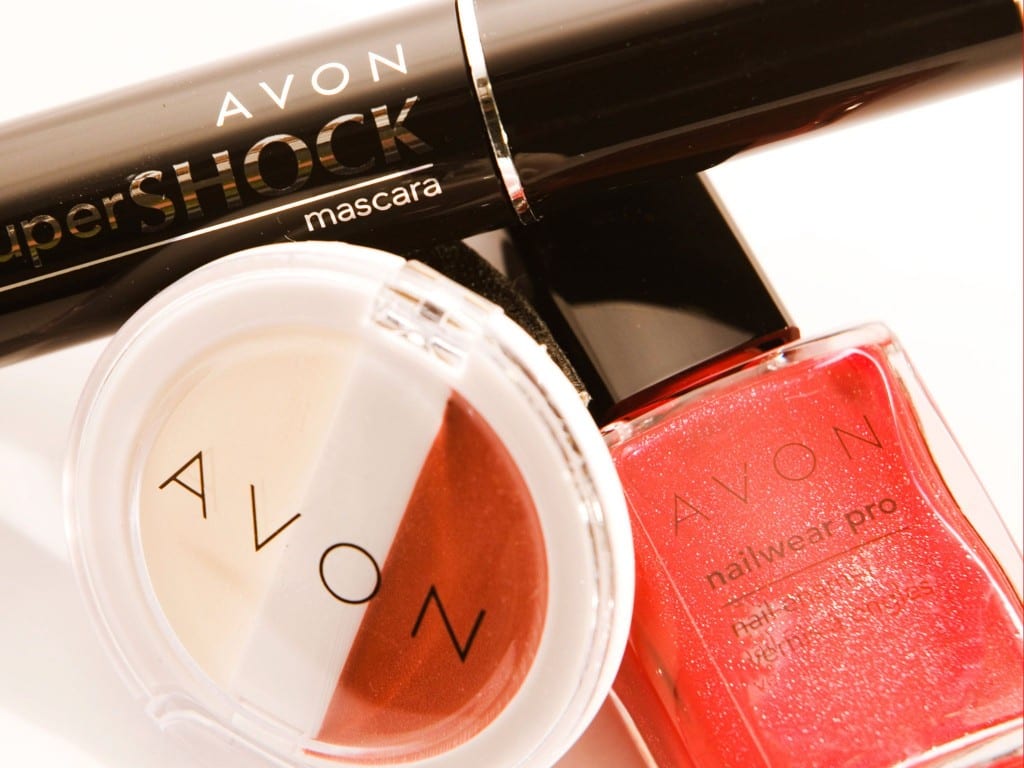
Globally the beauty industry is growing, despite regional market challenges. “Unfortunately,” observes Neil Saunders, CEO of retail analyst Conlumino, “it’s not growth that Avon is currently benefiting from.”
At the core of the brand’s troubles are Asia and Brazil.
Avon’s Asia Pacific revenues shrank by 16 per cent overall and by 8 per cent on a constant currency basis.
“The primary difficulty is China where, in a worrying sign that in a more challenged economic environment consumers are turning away from Avon, demand has fallen sharply,” explains Saunders.
Avon’s financial results released last week were the first since the company decided to sell a majority stake of its North American operation to Cerberus Capital Management.
“That decision was, in essence, an admission of defeat in the region following years of continuous decline,” says Saunders. “More positively, it has strengthened the group’s balance sheet and will allow it to focus on its potentially more lucrative overseas operations without the continuous distraction of trying to turn around an ailing part of the business.”
Unfortunately for Avon the initial results from this smaller, more focused business proved disappointing with total revenue plunging by 20 per cent on a year-over-year basis. While much of that was down to the strong dollar, even on a constant currency basis a growth rate of 1 per cent provides scant comfort.
Revenue in Latin America shrunk by a dramatic 26 per cent on a year-over-year basis, although in constant currency terms it ended up flat.
“Even so, the difficult macroeconomic environment in Brazil – where average order size fell and where comparable sales shrank by 2 per cent – means that this once lucrative region is simply not delivering as it once did,” said Saunders.
Thanks to Russia, where on a constant currency basis revenues rose by 29 per cent, the Europe-Middle East-Africa region posted a better performance with constant currency sales in positive territory. However, even here there are problem areas – in this case the UK where sales dropped by 7 per cent on a constant currency basis following a decline in active representatives.
“Overall then, the state of the residual basis is fairly poor. Sales are shrinking, operating profit is weak, and the company remains loss making to the tune of around $331.9 million. In other words, hiving off the North American business has not solved Avon’s issues,” said Saunders.
In the new fiscal year, Avon is planning to overhaul the cost structure of its business, expecting to save some $350 million over three years. Some of this will be reinvested, driving initiatives such as selling on social media.
“From the scale of the savings it is obvious that they will not, in and of themselves, push the group into profitability; as such, driving top line growth will be absolutely critical if Avon is to remain viable,” said Saunders.
“Top line growth requires a fundamental reappraisal of the business model – including the way Avon sells and distributes products. As important as the direct method of selling is, the rise of online has made the role of the representative less relevant than it once was.
“This isn’t just about transactions, it is also about advice and information which increasing numbers of people are picking up from a growing array of beauty bloggers. In light of these changes Avon needs to reappraise, reassess and evolve.
“The Tupperware playbook is a good example of how evolution can occur in a way that complements and is respectful to the heritage of the business,” concluded Saunders.